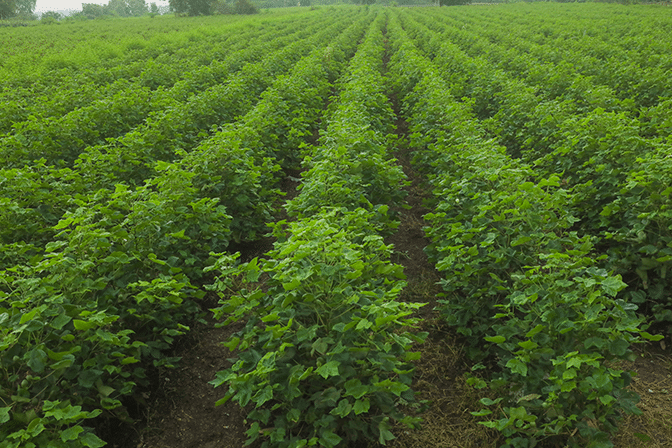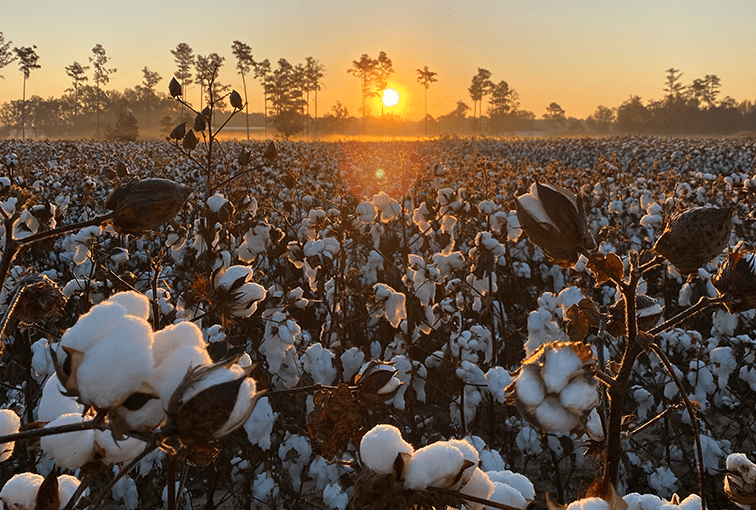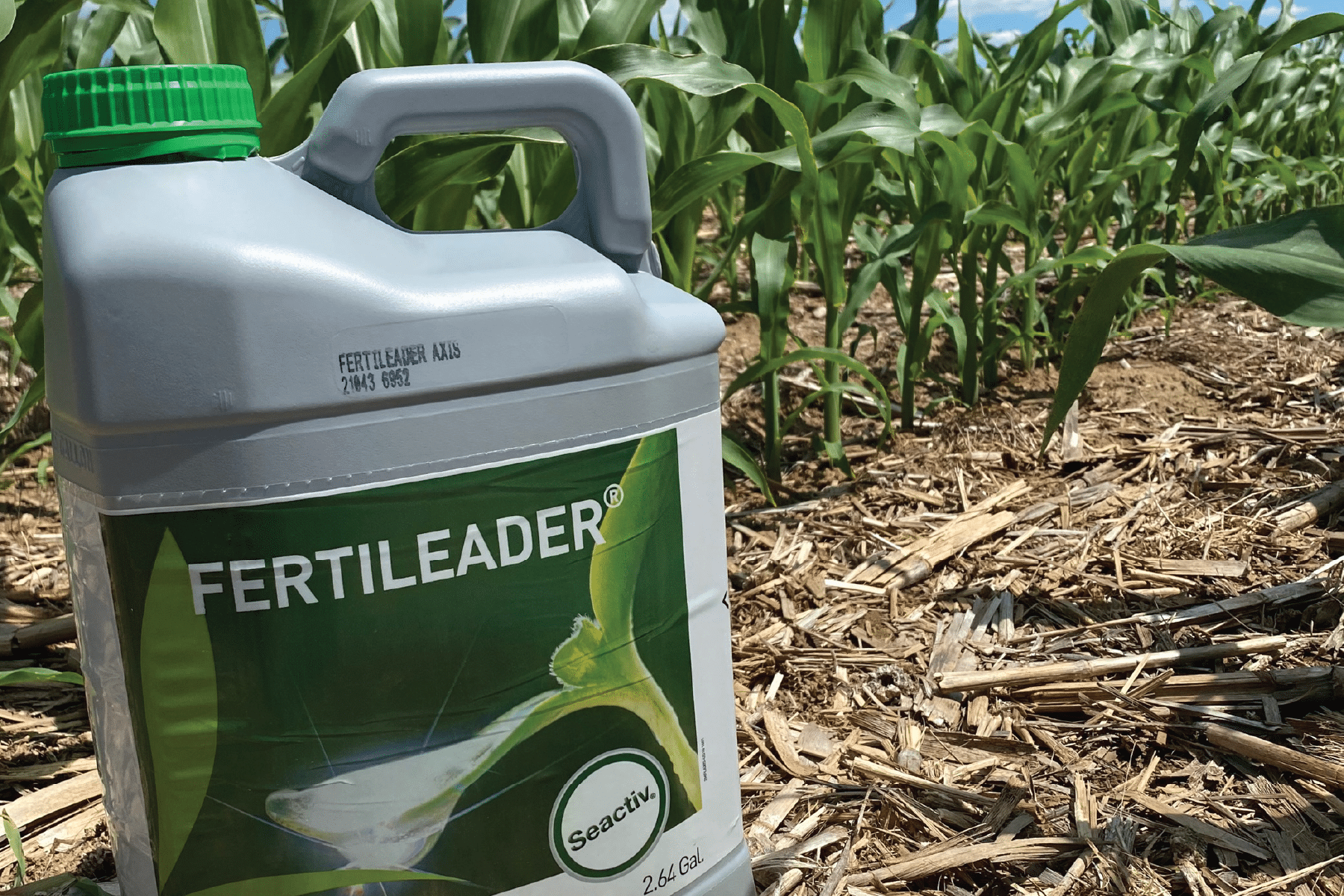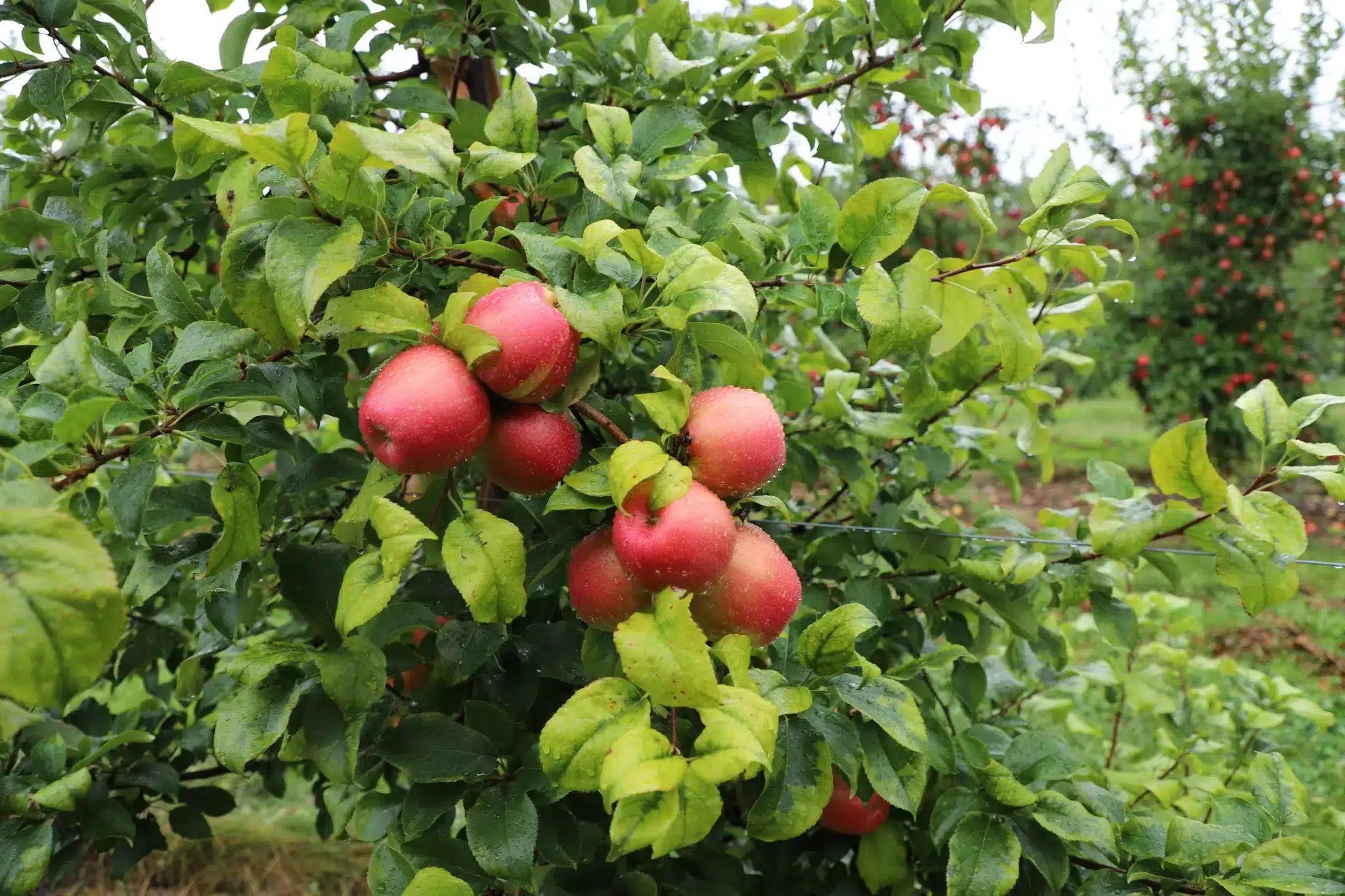In the vast expanse of agricultural landscapes, there exists a crop that has woven itself into the fabric of human civilization, quite literally. Cotton, with its soft fibers and versatile applications, has been cultivated for thousands of years. But did you know cotton is actually a tree?
While this a well-known fact in the agricultural industry, many people who drive by a field may not know this fact because of how cotton has been bred and managed to be small and robust. Let’s delve into the fascinating journey of cotton cultivation, its transformation through breeding, and the meticulous management practices that sustain its annual production.
A Brief History of Cotton Cultivation
The story of cotton begins in ancient times, tracing back to India around 6000 BC. From there, its cultivation spread across the globe, reaching Egypt around 5000 BC and the Americas by 2500 BC. Initially grown for its seeds, which provided oil and protein-rich food, cotton eventually gained recognition for its fibers, prized for their softness and strength.
Cotton became a pivotal crop during the era of colonialism, driving economies and shaping societies. The invention of the cotton gin by Eli Whitney in the late 18th century revolutionized cotton production, making it feasible to separate seeds from fibers on a large scale. This innovation fueled the expansion of cotton cultivation, particularly in the southern United States due to cotton growing well in warm climates.
Cotton Breeding: Tailoring for Annual Production
While cotton has been cultivated for millennia, its modern form is a result of centuries of selective breeding. Traditional cotton plants were perennial – meaning they grew year-round and produced fibers continuously. However, to meet the demands of commercial agriculture, breeders sought to develop varieties that could be grown as annual crops, harvested once a year.
Through careful breeding techniques, researchers succeeded in developing annual cotton varieties that could complete their life cycle within a single growing season. This transformation allowed farmers to synchronize planting, cultivation, and harvesting operations while streamlining production and maximizing yields.
Key traits targeted through breeding include disease resistance, fiber quality, and adaptability to varying climatic conditions. By selecting for these traits over generations, breeders have created cotton varieties that thrive in diverse environments, from the humid plains of the American South to the arid regions of Central Asia.
Managing Cotton for Annual Production

Cotton field before fruit and defoliation
To sustain annual cotton production, farmers employ a range of management practices aimed at optimizing plant growth, development, and yield. Fertility management plays a crucial role, as cotton is a nutrient-intensive crop that requires adequate levels of nitrogen, phosphorus, potassium, and micronutrients for optimal growth. Soil testing and 4R Nutrient Management programs are used to ensure that plants have access to the nutrients they need throughout the growing season.
Since cotton naturally does want to grow like a tree, plant growth regulators are another tool used to manage the crop. Farmers spray a liquid called a plant growth regulator (PGR) to control the height of the plant because smaller, more compact plants partition more resources (water and nutrients) on producing fruit (bolls) instead of the vegetative parts of the plant (leaves and stems). The use of PGRs can also reduce the chance of boll rot and promote traits such as fruit retention and fiber elongation. By applying PGRs at specific growth stages, farmers can optimize yield potential.
Defoliation is a final step in cotton management, facilitating harvest by removing leaves from the plants. Defoliants are applied shortly before harvest, causing the leaves to senesce and drop from the plant, exposing the bolls for mechanical picking. Proper timing of defoliation is critical to ensure thorough leaf removal without compromising fiber quality or yield.
The Future of Cotton
The fact that cotton doesn’t tower over fields like a tree, even though it is one, is a remarkable example of agricultural ingenuity and human innovation. Through centuries of cultivation and breeding, we have transformed this humble plant into a cornerstone of a global industry, supplying the fibers that clothe and connect us all.
As we continue to refine our understanding of cotton genetics and agronomy, we pave the way for a more sustainable and resilient future for this essential crop. TIMAC AGRO USA is proud to support industry efforts by sponsoring grower-supporting groups like the Georgia Cotton Commission and cotton-focused trade events like the Mid-South Farm & Gin Show. We are also interested in efforts that work toward the development of more sustainable cotton like the US Cotton Trust Protocol. These programs not only give greater transparency to end users of the practices used to grow cotton but also work toward providing a myriad of environmental benefits such as building more healthier, resilient soils and reducing GHG emissions.




